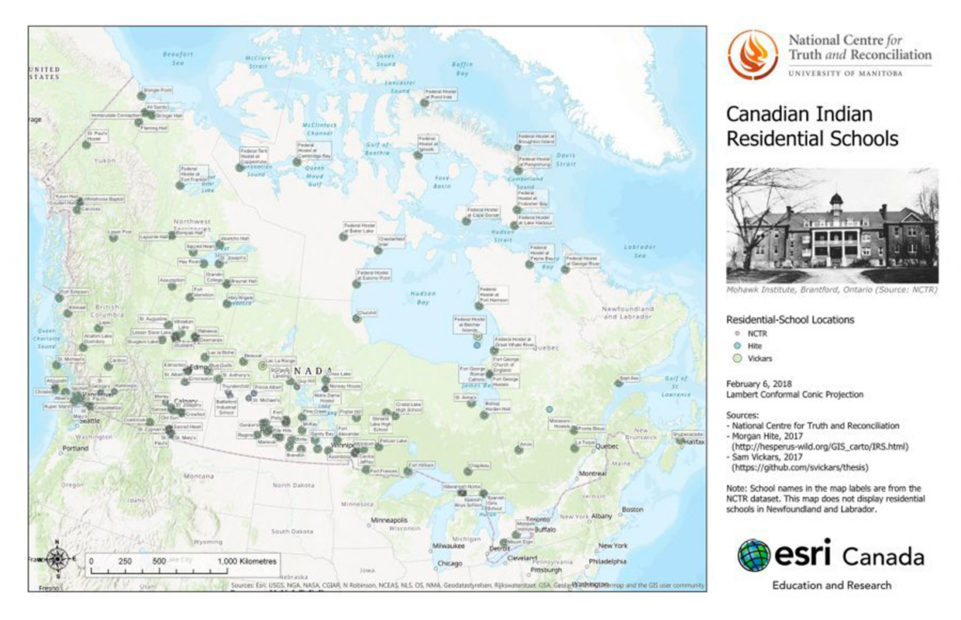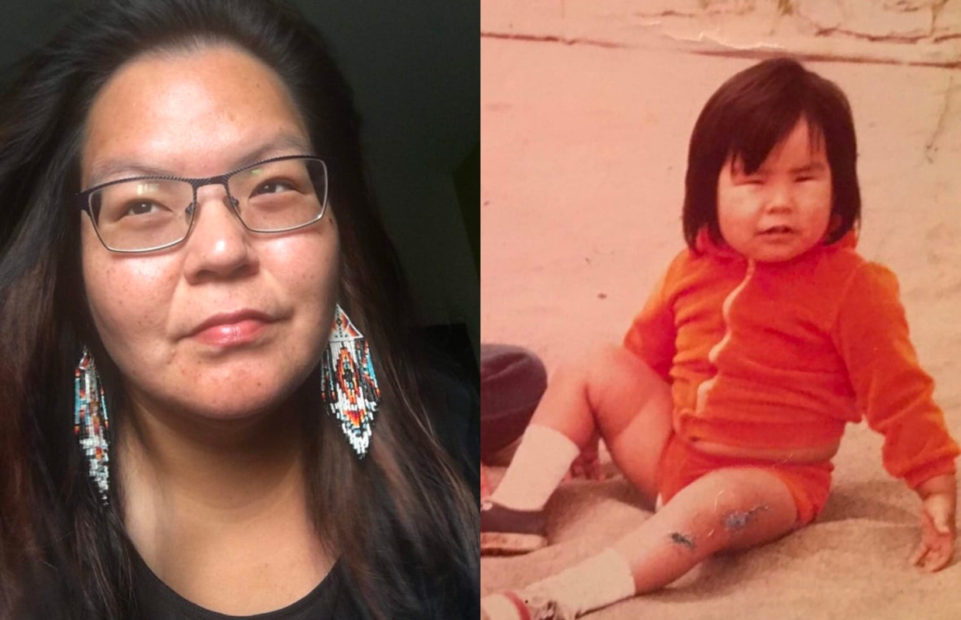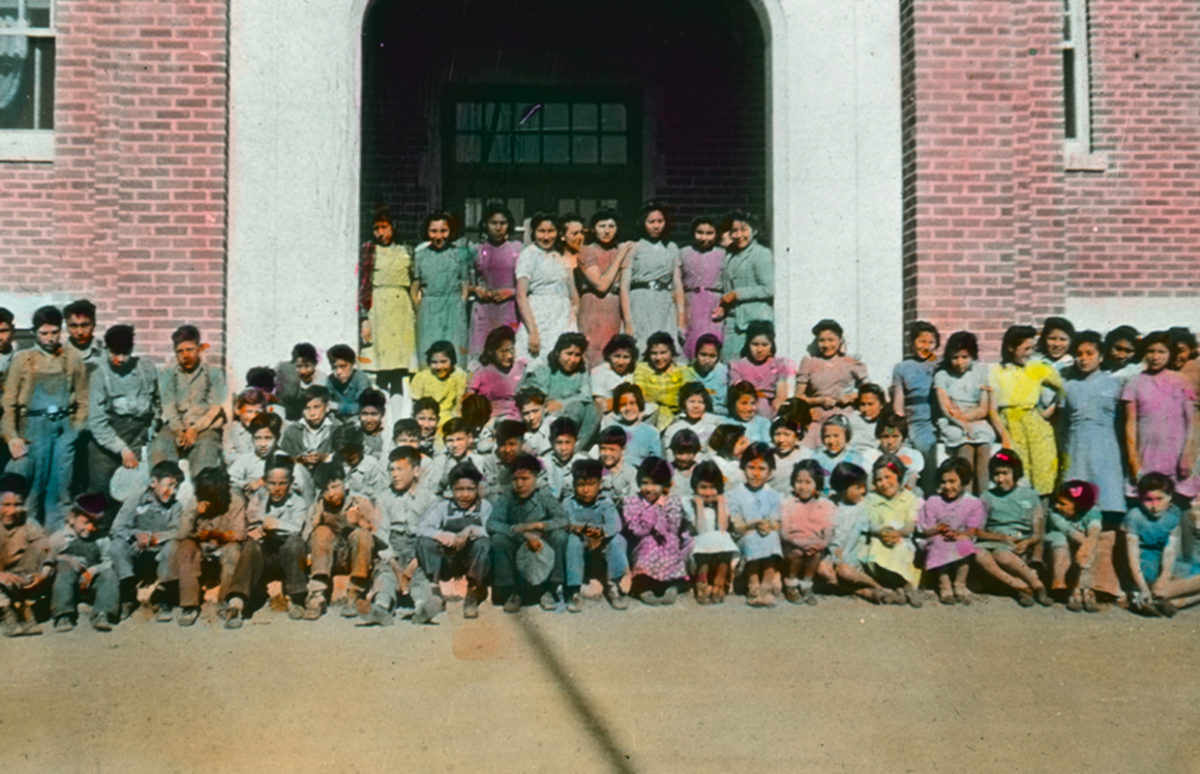The Residential School system which removed indigenous children from their families and forced them to assimilate, was described by a Canadian government as “cultural genocide”. Indigenous groups searching for information have carried out searches of schools looking for the traces of children who died there. Since May, more than 1,000 sets of remains have been found.
Between 1863 and 1998, more than 150,000 indigenous children were removed from their families and sent to these schools, often far from home. More than 130 compulsory boarding schools were funded by the Canadian government and run through church organisations. They had the avowed intention to assimilate indigenous children into the dominant culture, and the children were banned from speaking their native languages or practising their culture.
"It was our government's policy to 'get rid of the Indian' in the child. It was a breakdown of self, the breakdown of family, community and nation."
Former National Chief of the Assembly of First Nations Perry Bellegarde
“Our objective is to continue until there is not a single Indian in Canada that has not been absorbed into the body politic and there is no Indian question, and no Indian Department, that is the whole object of this Bill.”
Duncan Campbell Scott, Department of Indian Affairs, 1920
There was little oversight of the schools and pupils suffered from a lack of food, heat and medical care. By 1945, the death rate at the schools was five times the national average – and those were the recorded deaths.
The Residential school system was first created in 1883. The schools became compulsory in 1920 for the children of Canada’s three indigenous groups: First Nations, Métis and Inuit.

The system was phased out from the 1960s to 1996, however a parallel system took its place, referred to as the Sixties Scoop. This time children were removed from their families and placed with foster families.

In 2008, the Canadian government formally apologised for this policy but that hasn’t erased the trauma felt by entire communities. Many older indigenous people today describe themselves as survivors of residential schools. Many others never returned to their communities and it is not known whether they ran away from the schools and made their lives elsewhere, or if they died.
When Canada’s Truth and Reconciliation Commission reported on the residential schools in 2015, they said there were 6000 recorded deaths in the schools, but that many records were missing and there were no doubt more. Now First Nations communities have decided to search former schools for grave sites. They hope that no matter how traumatic the searches are, they will ultimately bring relief to families who will finally find out what happened to their children.
In May, the Tk'emlúps te Secwépemc First Nation announced the initial discovery of 215 unmarked graves near the Kamloops Indian Residential School in British Columbia, the largest former residential school. Since then, there have been several more discoveries at different sites across the country, with more ongoing.
“We acknowledge that the work done to date represents but a fraction of the Kamloops Indian Residential School grounds and oral telling indicates that more investigation in other areas is required. This is a long process that will take significant time and resources. They were children, robbed of their families and their childhood. We need to now give them the dignity they never had.”
Statement from Tk’emlúps te Secwépemc Chief and Council, 15 July 2021
Copyright(s) :
https://thechildrenremembered.ca/
National Centre for Truth and Reconciliation
Maya Cousineau Mollen
> Change in Australia’s National Anthem to Reflect Indigenous Heritage
Tag(s) : "Canada" "First Nations" "indigenous people" "injustice" "Residential Schools" "Shine bright 2e"






